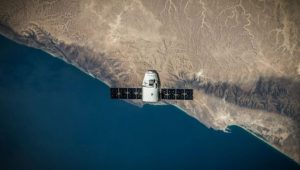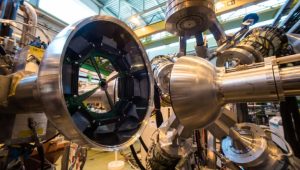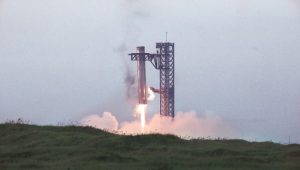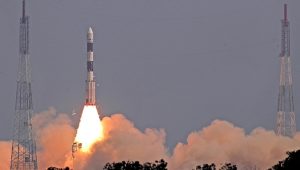The Indian Space Research Organization, joined by DRDO, successfully conducted the autonomous test landing mission of the reusable launch vehicle (RLV) on April 2 at the aeronautical test range in Karnataka’s Chitradurga.
The RLV took off at 7:10 am by a Chinook Helicopter of the Indian Air Force. The release of RLV was autonomous. Then using the Integrated Navigation, Guidance & Control system, the vehicle completed an autonomous landing on the ATR at 7:40 am. With that, ISRO successfully achieved the autonomous landing of a space vehicle.
“The autonomous landing was carried out under the exact conditions of a Space Re-entry vehicle’s landing high speed, unmanned, precise landing from the same return path as if the vehicle arrives from space. LEX utilised several indigenous systems. Localised Navigation systems, instrumentation, and sensor systems, etc., were developed by ISRO,” the statement added.
The space agency had demonstrated the re-entry of its winged vehicle RLV-TD in the HEX mission in May 2016. The re-entry of a hypersonic sub-orbital vehicle was an accomplishment in developing RLVs. The LEX began with an Integrated Navigation test in 2019 and followed multiple engineering model trials and captive phase tests in subsequent years.
Along with ISRO, Indian Air Force (IAF), Centre for Military Airworthiness and Certification (CEMILAC), Aeronautical Development Establishment (ADE), and Aerial Delivery Research and Development Establishment (ADRDE) contributed to this test.















